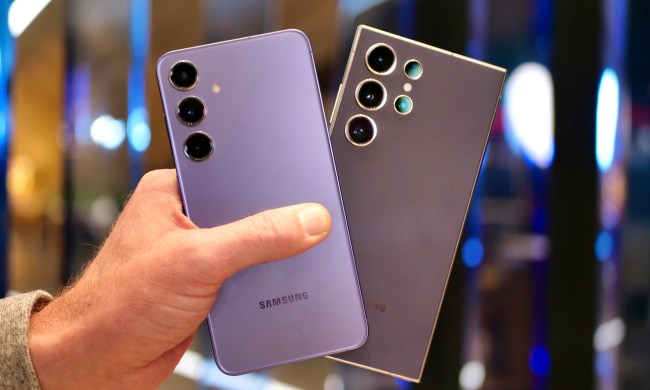
If you haven’t heard of Oppo before now, then the company’s latest smartphone should make you sit up and take notice. We’re used to new phones being subtle evolutions of their predecessors – take the Galaxy Note 3 and the iPhone 5S for example – but as Oppo is really just starting out, it’s free of those restraints. The result is the Oppo N1, which is massive, packed with tech, innovative (yes, really), and more than a bit mad.
So what makes the Oppo N1 standout? There are three interesting, unusual features on the phone, and we’ll start with the camera. Fitted to the N1 is the world’s first rotating camera. Oppo clearly didn’t like the idea of putting a less capable camera lens above the screen when there is a perfectly good one on the back, so it built a 206-degree rotating module and put a 13-megapixel camera inside, so it can perform both tasks.

The second cool feature of the Oppo N1 is called O-Touch, and it’s a variation on the LG G2’s party piece, except instead of rear mounted buttons, the N1 has a rear mounted touch panel. Measuring 12cm square, it’s used for scrolling through webpages, tapping to open links or apps, and for the camera’s shutter release. On the subject of the shutter release, Oppo has made the O-Click, a keyring-style remote shutter button, which also doubles as a phone finder, as it will command the phone to set off an alarm if you can’t find it.
While this is enough to make the Oppo N1 one of this year’s most intriguing new phones, the choice of operating system is equally creative. The phone will come with Oppo’s own version of Android, named Color, installed, but there’s also an option to flash the CyanogenMod custom firmware directly from the phone’s recovery system. Oppo will also produce a limited edition N1 only with CyanogenMod installed, making it the world’s first phone to offer CyanogenMod as standard.

On paper, the Oppo N1 sounds technically amazing, but more importantly, it sounds different, and that’s something we should be embracing.
Updated on 12/20/2013 by Andy: Following the N1’s release, Oppo has now revealed when we’ll be able to buy the phone with CyanogenMod software installed. According to this Google+ post, the limited edition device will go on sale December 24 through the company’s online store. The phone is the first in the world to come with a Google-certified version of CyanogenMod, which is a developer-friendly build of Android, from the factory.
Updated on 12/2/2013 by Andy: Oppo has confirmed the N1’s release date and price. You’ll be able to buy the phone directly through the firm’s own website from December 10, when it will cost $600 in America, or 450 euros in Europe, which is around £375 for buyers in the UK.
Article originally published on 09/24/2013



